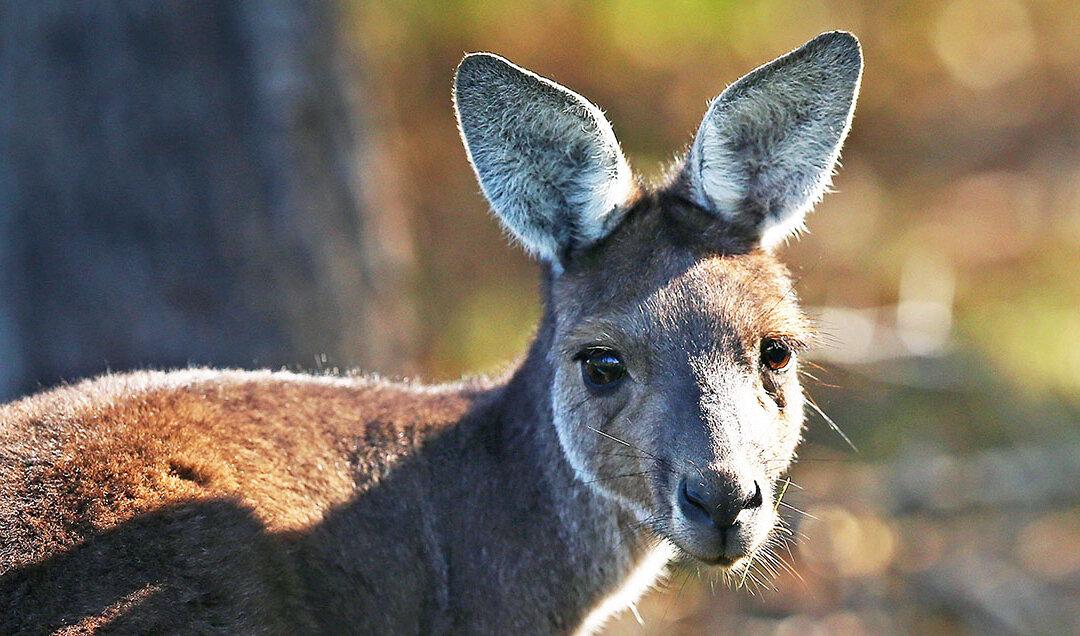Victoria’s plan to cull 17,250 kangaroos after population numbers grew by 40 percent has led environmental groups to fear that it could eradicate the animals in Victoria.
The cull has also placed agricultural and environmentalist groups at odds with the farmers regarding kangaroos’ mobs as agricultural pests.





